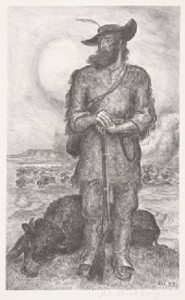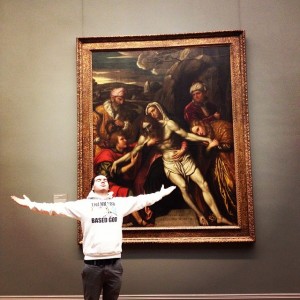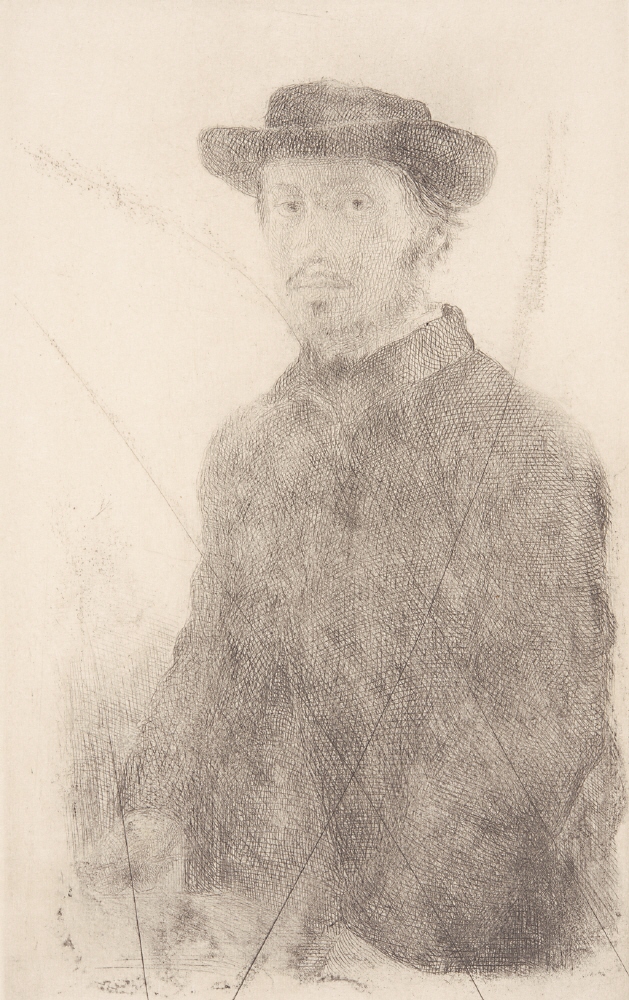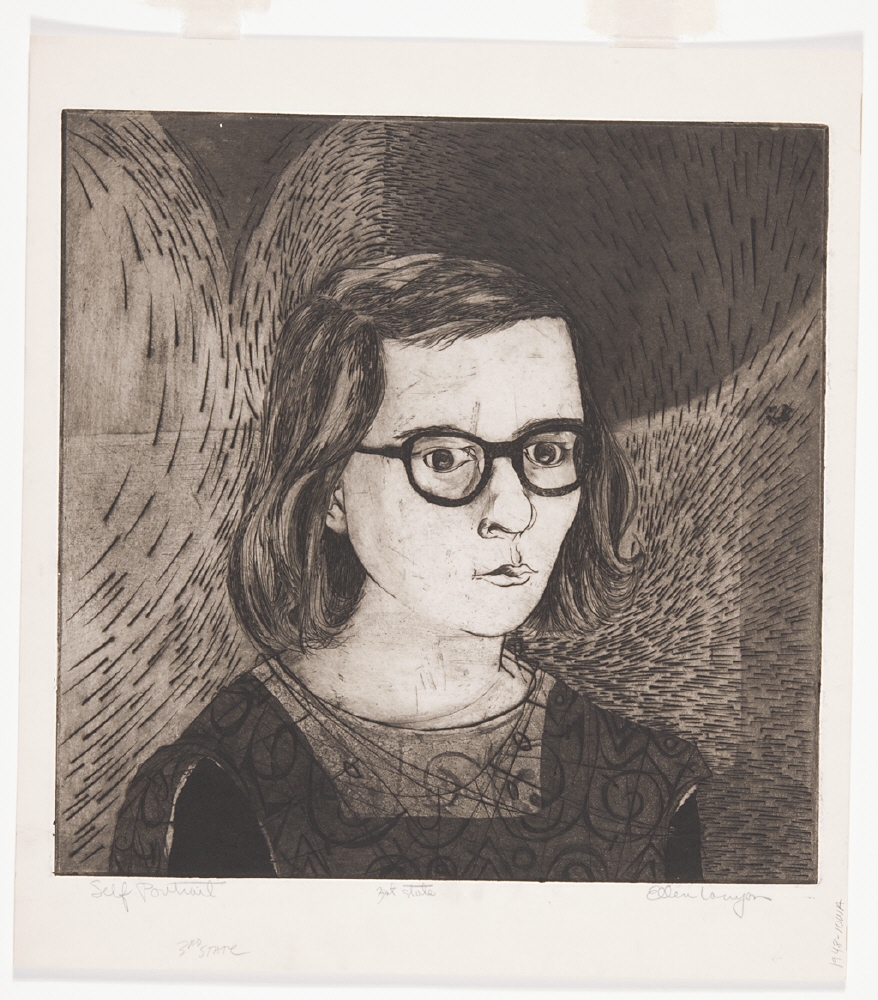This post by Kathrine Schlageck, Senior Educator, explores the lessons gained from the recent “Museum of Wonder“ exhibition which celebrated the 150th Anniversary of Kansas State University.
The “Museum of Wonder” exhibition, with its accompanying “Library of Wonder”, was an experiment for the Beach Museum of Art. The collection of objects drawn from the K-State campus was presented in a manner designed to challenge regular museum categories and to focus on the visual or aesthetic qualities of objects rather than purpose or discipline. One notable characteristic of this exhibition was the lack of traditional museum labels.
What did we learn?

The myriad objects engaged visitors and alumni were especially excited to see “old friends.” Countless faculty and graduates recognized objects from their departments. One alumnus even recognized his handwriting on the label of the Oreodon skull.
The Library of Wonder, with the opportunities it provided to observe closely, touch objects, and do one’s own research, drew a lot of praise, especially from families. Visitors appreciated the chance to be interactive in a museum setting and the microscope was well-used.

But judging by the comment cards, about half of our audience was frustrated, even though they liked the exhibition itself and were engaged with the objects. Comments ranged from wishing for simple identifying labels to more extended labels that explained the purpose or told the stories of the objects. These visitors wanted more information than the list of objects available in the gallery–for example where was the mammoth molar found?–and were apparently unaware of the extensive information provided in the Library of Wonder. One visitor commented, “…loved the objects, but it was like visiting an antique store. We wanted labels to help us understand more about context, age, etc.” Another visitor said, “…there should have been information on everything so that a guest might learn something, which is what museums are meant for.”
On the other hand, many visitors seemed unfazed by the lack of labels. “Bravo,” says one comment card, “you encourage deeper contemplation and critical analysis by presenting the artifacts and allowing the viewer to interpret them.” Said another, “A genius theme and beautiful ideas. My mind had a chance to work.”

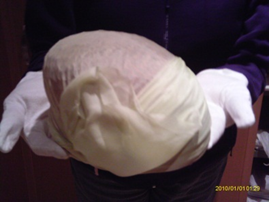
These diverse reactions provided the museum staff with some important information about visitor preferences. The exhibition was organized to emphasize non-traditional and visual relationships between objects and to challenge the visitor to proactively discover relationships. For example there were a number of aesthetic groupings: The hat with the green bow and the brain coral were similar in shape and texture. The shells of the beetles displayed similar colors to the Marjorie Shick sculpture. The white bones of the cow echoed the white-on-white play of shadows in the plaster relief sculptures from the Department of Architecture.
The Library of Wonder invited visitors to follow their own interests. Howard Gardner, an educational psychologist at Harvard University, has written about multiple intellgences related to the way we seek and assimilate information. Some people are interested in how something is made, while others are more interested in the story behind an object. The Library of Wonder allowed visitors to pursue different avenues of research and, hopefully, encouraged new ways of seeing and thinking.
